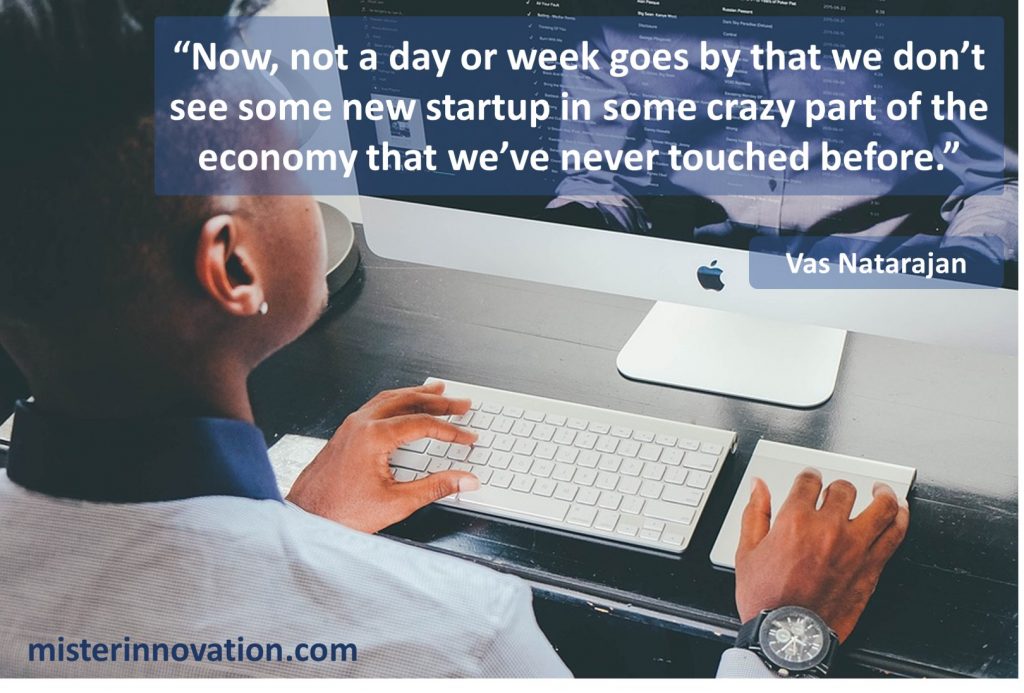
GUEST POST from Chateau G Pato
Collaboration is a key component of success for startups and small businesses. By working together, teams can achieve greater results and overcome challenges more efficiently. However, collaboration is not always easy to achieve. It requires good communication, trust, and a shared vision. In this article, we will explore some effective collaboration strategies for startups and small businesses, as well as two case studies of successful collaborations.
1. Clear Communication: One of the most important aspects of effective collaboration is clear communication. Teams must be able to communicate their ideas, goals, and concerns openly and honestly. This can help avoid misunderstandings and ensure that everyone is on the same page. Regular team meetings, emails, and project management tools can all help facilitate clear communication within a team.
Case Study 1: Startup A is a small software development company that specializes in creating mobile apps. The team at Startup A struggled with communication, which led to missed deadlines and low morale among team members. To address this issue, the team implemented a daily stand-up meeting where everyone would share their progress, challenges, and goals for the day. This simple change in communication helped the team stay on track and build stronger relationships with each other.
2. Build Trust: Trust is another crucial element of effective collaboration. Team members must trust each other to do their work effectively and have each other’s backs when things get tough. Building trust can take time, but it is essential for a team to function well. Encouraging transparency, respecting each other’s opinions, and celebrating successes together can all help foster trust within a team.
Case Study 2: Small Business B is a marketing agency that works with various clients to create marketing campaigns. The team at Small Business B struggled with trust issues, as team members were often working in silos and not sharing their work with each other. To address this issue, the team implemented a project management tool where all team members could track their progress, share files, and communicate with each other. This improved transparency and collaboration within the team, leading to more successful campaigns and happier clients.
Conclusion: Effective collaboration is essential for startups and small businesses to succeed. By implementing clear communication strategies and building trust within a team, businesses can achieve greater results and overcome challenges more efficiently. The case studies of Startup A and Small Business B demonstrate the positive impact that effective collaboration can have on a team’s success. By prioritizing collaboration, startups and small businesses can create a strong foundation for growth and innovation.
Bottom line: Futurology is not fortune telling. Futurists use a scientific approach to create their deliverables, but a methodology and tools like those in FutureHacking™ can empower anyone to engage in futurology themselves.
Image credit: misterinnovation.com
![]() Sign up here to get Human-Centered Change & Innovation Weekly delivered to your inbox every week.
Sign up here to get Human-Centered Change & Innovation Weekly delivered to your inbox every week.

